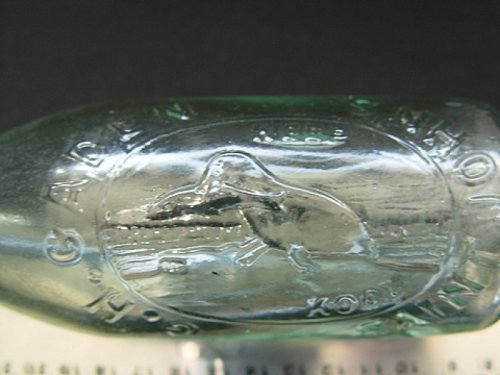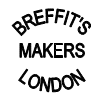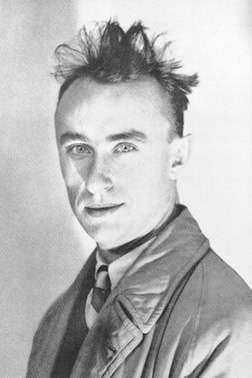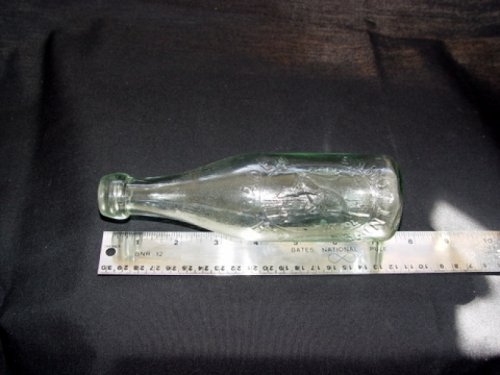joepilotflying
New Member
- Joined
- Apr 11, 2010
- Messages
- 4
- Reaction score
- 0
- Points
- 0
Sure hope someone can help with this bottle? I have had it for a few years now, the bottle is 71/4 inches high, has what I think is a blob top?? The side has raised letters and an emblem "G.H.Gaden" Saint John's and the emblem is for Keep Kool soda, the picture is a seal with a fish in it's mouth. This was the parent company of a still operating plant that "still" produces Keep Kool orange soda, but originally the soda came from England to Newfoundland, where I live, the bottom of the bottle, also in raised letters has Breffits London, in the center of these two words are the numbers 7529 and the word Makers with a small design that looks like a cake with a object on top. The amazing thing is that there is still a cork in the bottle. I do have another bottle from the same company, must be years later as the name and emblem on the side are the same, but the bottom has the number 2 and it is machine made to "Metal pop top"?? any help appreciated,















